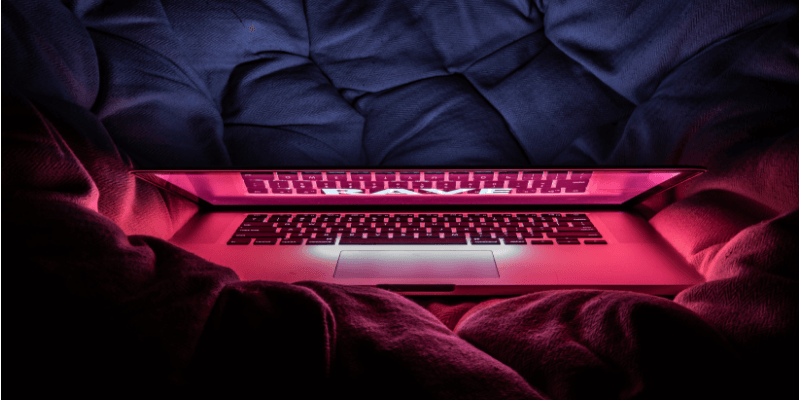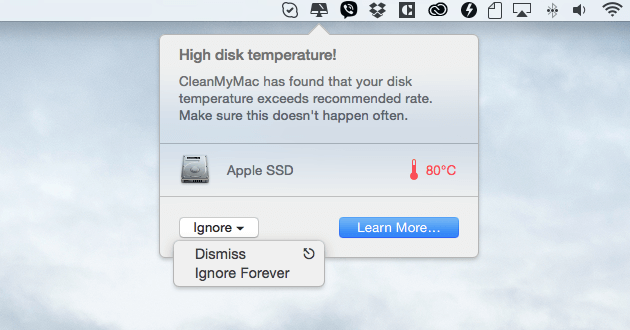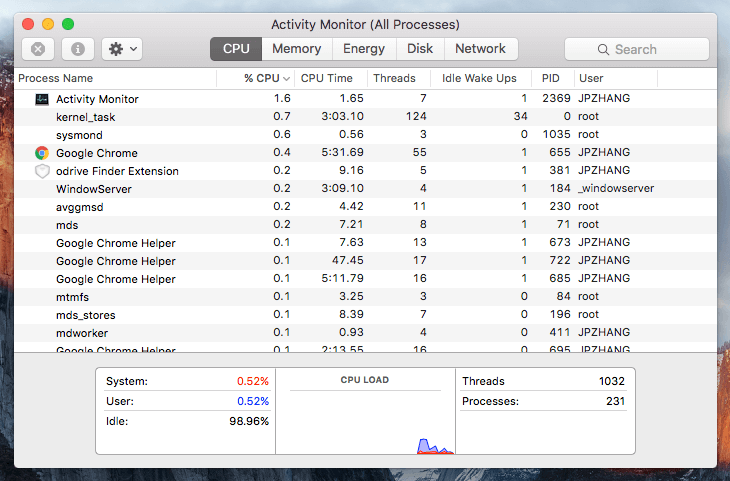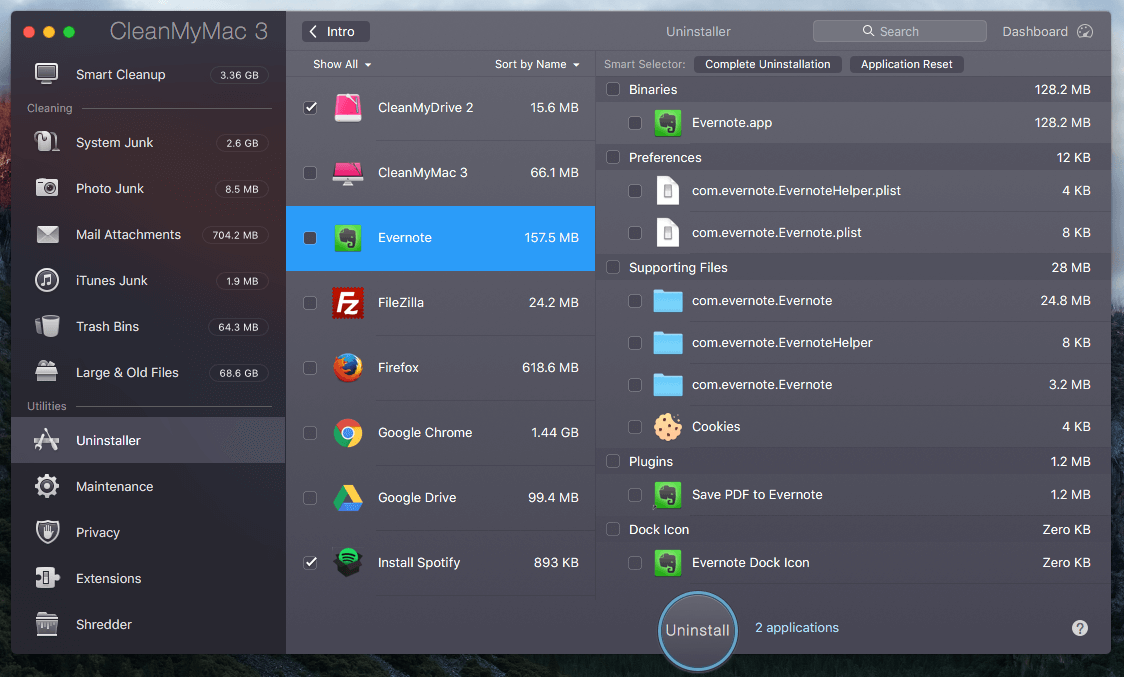XNUMX Fixes for MacBook Pro Overheating (Tips to Prevent It)
It’s natural for a MacBook Pro or any Mac to become warm during normal use. But, if your MacBook is running very hot, it’s probably not okay.
There are many possible reasons out there. In this article, I’m going to show you some common causes, along with practical solutions on how to fix the MacBook Pro overheating issue.

I’ve been using MacBook Pros for ten years and have experienced this problem many times even on my new MacBook Pro. Hopefully, you’ll be able to solve the overheating problem by applying some of the techniques listed below.
لكن اولا…
جدول المحتويات
Why Does Mac Overheating Matter?
Nobody is comfortable working on an overly heated computer. It’s a psychological thing: We tend to be worried and panic when it happens. In reality, the main consequence is that your hardware (CPU, hard drive, etc.) can get damaged when exposed to constant overheating. Typical symptoms of this include slowdown, freezing, and other performance issues.
Even worse, your MacBook could shut down automatically if the temperature is really high. This can be both a good thing and a bad thing. The good thing is that it protects your hardware from potential damage. The bad thing is that it can cause data loss.
How to Know Whether Your MacBook is Overheating or Not?
Frankly, there is no definitive way to know if your MacBook is just getting hot or overheating. The best way is to trust your instincts. When your Mac warms up to a point that makes you uncomfortable, it’s probably overheating.
Another way to quickly validate your judgment is by looking up the CleanMyMac Menu. You’ll know if it shows a “High disk temperature” warning.

بالمناسبة، CleanMyMac is a fantastic ماك نظافة app that allows you to free up memory, remove unused apps, disable unnecessary login items, plugins, etc. which could help ease overheating issues and improve the overall performance of your Mac. Read our مراجعة مفصلة للمزيد.
You might have been told to use a third-party app such as iStat or smcFanControl to monitor your Mac system stats, CPU temperature, or manage fan speed. Personally, I think that’s not a good idea for two reasons. First, they may not be accurate as you think. Here’s what Apple officially said in a support ticket:
“…these utilities are not measuring the external case temperature. The actual case temperature is much lower. Never use third-party applications to diagnose possible hardware issues.”
Secondly, fan speed control software actually has the potential to damage your MacBook. Because your Mac knows how to adjust the fan speed on its own when needed, manually overriding the speed setting could cause problems.
MacBook Pro Overheating: XNUMX Possible Causes & Fixes
Please note: the solutions below apply to a Mac that is still operational when it heats up. If your MacBook Pro shuts down itself due to overheating and won’t turn on, wait for a couple of minutes until it cools off and then restart the machine.
XNUMX. Your Mac’s Got Malware
Yes, Macs can get spyware and malware. Although macOS has integrated security protection against malware, it isn’t perfect. Plenty of junk crapware and phishing scam software targets Mac users by bundling useless apps or redirecting you to fake websites. Apple names a few here. While it’s unlikely they cause serious system issues, they will tax your system resources, which can lead to overheating.
How to Fix It: Remove Malware.
Unfortunately, this isn’t as easy as it sounds because it’s unrealistic to manually review each app and file you’ve stored on your MacBook Pro. The best option is to use an antivirus software like بيتدفندر مكافحة الفيروسات لماك.
XNUMX. Runaway Apps
Runaway apps, in other words, are third-party apps that demand more system resources (especially CPUs) than they should. These apps are either poorly developed or caught in a loop, which can drain battery power and CPU resources. When that happens, it’s just a matter of time before your MacBook starts overheating.
How to Fix It: Pinpoint the “Culprit” via Activity Monitor.
Activity Monitor is a built-in utility on macOS that shows the processes that are running on a Mac so users can get an idea about how they affect a Mac’s activity and performance. انقر هنا للمزيد من المعلومات.
You can open the utility via التطبيقات> الأدوات المساعدة> مراقب النشاط, or do a quick Spotlight search to launch the app.

هنا هو كيف يعمل:
To figure out what is to blame for the increase in your MacBook Pro’s temperature, simply click the CPU column, which will sort all the apps and processes. Now pay attention to the percentage. If an app is using close to XNUMX% of the CPU, it’s for sure the culprit. Feel free to double-click on it and hit “Quit.” If the app becomes unresponsive, try Force Quit.
XNUMX. Softer Surfaces
How often do you use your Mac laptop on a pillow or on your bed? What’s comfortable for you may not be wise for your MacBook. It’s a bad idea to put your Mac on a softer surface like that, as there will be inadequate air circulation under and around the computer. Even worse, because the fabric essentially absorbs the heat, it will make your Mac even hotter.
How to Fix It: Adjust Your Computer Habits.
Remember, sometimes the best solution is also the easiest. Place your Mac on a stable work surface. The four rubber feet on the bottom will ensure there is enough air circulation to dissipate the heat your Mac generates.
You may also want to get a laptop stand (recommendation: Rain Design mStand Laptop Stand، أو this X-stand from Steklo) to elevate your MacBook Pro and cool it off better.
Also, check the “Pro Tips” section below for more tips.
XNUMX. Dust and Dirt
Similar to softer surfaces, dust and dirt in your Mac — especially in the fans — will make it warmer. This is because Macs rely on vents to dissipate heat. If the vents of your MacBook are filled with a lot of stuff, it’s bad for air circulation.
Don’t know where the vents are? On older MacBook Pros, they’re located in the hinge area right under your display and above the keyboard. The old Retina MacBook Pro also has vents on the underside.
How to Fix It: Clean Fans and Vents.
First, you can use a little brush to remove dust and dirt. You can also use الهواء المضغوط, but be careful as it might damage your Macbook’s components. Be sure the compressed air doesn’t spit out any water.
For those of you who are using an old MacBook Pro, you can also consider opening it up and cleaning internal components like fans and CPUs. This video shows how:
XNUMX. Fake MacBook Charger
A normal charger for a MacBook Pro includes three main parts: AC power cord, MagSafe Power Adapter, and MagSafe connector. It’s always good practice to use the original ones that came with your Mac. If you bought one online, it could be fake and might not work well with your MacBook Pro, thereby causing the overheating problems and other issues.
How to Fix It: Shop from the Apple Online Store or Local Retailers.
It’s often not so easy to spot a fake MacBook charger, but this YouTube video shares a few awesome tips. Check it out. Also, try to avoid shopping from online marketplaces, other than the official store, for Apple components. Don’t be lured in by lower prices.
XNUMX. Bad Computer Habits
Every computer has its own limit. You should know what your MacBook Pro is and isn’t capable of. For example, if you are holding a XNUMX model MacBook Pro with a spinning hard disk drive, chances are it won’t be powerful enough to deal with too many processes at the same time. If you run photo/video editing software as well as other apps simultaneously, it won’t take long for your Mac to heat up.
How to Fix It: Know your Mac and Treat It Nicely.
First of all, check Apple logo > About This Mac > System Report to get an idea of your computer’s hardware configuration, especially Memory, Storage, and Graphics (see the screenshot below). Try not to run too many apps unless you have to. Turn off fancy animations that may tax precious system resources. Restart more often, and let your Mac sleep for a while as you do.

Pro Tips to Prevent MacBook Pro from Overheating
- Avoid using your MacBook on a bed, fabric surface, or on your lap. Instead, always try to place it on a hard surface like wood or glass made desk. This is good for your computer as well as your health.
- Check your MacBook vents and clean your Mac on a regular basis. Make sure there’s no dirt or dust stuffing up the keyboard and vents. If you have time, open the hard case and clean the inside fans and heatsinks.
- Get a cooling pad for your MacBook Pro if you use it mostly at home or at work. These laptop pads usually have built-in fans to help improve airflow and reduce the heat generated on your Mac.
- Consider elevating your MacBook with a laptop stand. Since the rubber feet on a MacBook Pro is very thin, it might take longer for the heat to go away. A laptop stand will raise your Mac off the desk surface so that heat can escape more efficiently.
- Try not to run multiple apps at once, especially those that tend to consume more system resources than others — for example, photo editing programs, heavy project management tools, etc.
- Have good web surfing habits. These days it’s hard to not visit news websites or magazine sites to access information. However, it’s a bad habit to load tons of web pages with flash ads, only to find your MacBook Pro fans run loudly instantly.
- Always download software and apps from their official websites or the App Store. This is important because many third-party download sites bundle crapware or malware into the programs you want to get, and they run quietly in the background without you knowing.
كلمات أخيرة
I hope you find this troubleshooting guide helpful. For Apple fans, MacBooks are like our working partners. Overheating issues aren’t good for your computer, surely you’re not happy about them.
Fortunately, the problem doesn’t occur for no reason. I’ve shown you then of those above, and their respective fixes. It’s unrealistic that you’ll implement all these solutions, and it’s very unlikely you’ll have to do so. However, they should give you some clues about what might be causing your MacBook Pro to run hot.
Any other tips you found that work great to fix the MacBook Pro overheating problem? Leave a comment and let me know.
أحدث المقالات
